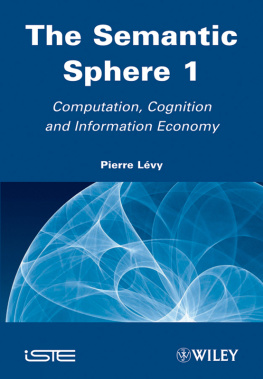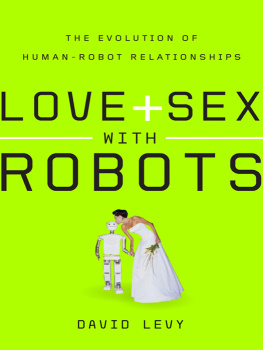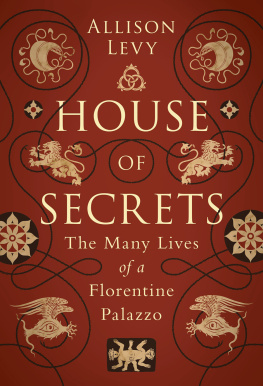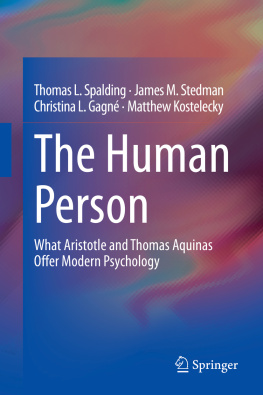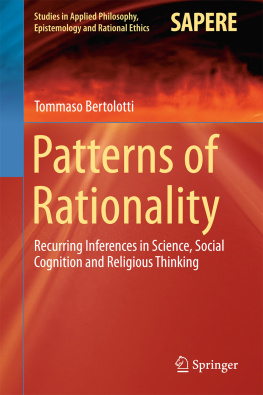Table of Contents
First published 2011 in Great Britain and the United States by ISTE Ltd and John Wiley & Sons, Inc.
Apart from any fair dealing for the purposes of research or private study, or criticism or review, as permitted under the Copyright, Designs and Patents Act 1988, this publication may only be reproduced, stored or transmitted, in any form or by any means, with the prior permission in writing of the publishers, or in the case of reprographic reproduction in accordance with the terms and licenses issued by the CLA. Enquiries concerning reproduction outside these terms should be sent to the publishers at the undermentioned address:
ISTE Ltd
27-37 St Georges Road
London SW19 4EU
UK | John Wiley & Sons, Inc.
111 River Street
Hoboken, NJ 07030
USA |
| www.iste.co.uk | www.wiley.com |
ISTE Ltd 2011
The rights of Pierre Lvy to be identified as the author of this work have been asserted by him in accordance with the Copyright, Designs and Patents Act 1988.
Library of Congress Cataloging-in-Publication Data
Lvy, Pierre, 1956
The semantic sphere 1 : computation, cognition, and information economy / Pierre Levy.
p. cm.
Includes bibliographical references and index.
ISBN 978-1-84821-251-0 (hardback)
1. Semantic Web. 2. Information society. 3. Human information processing. 4. Metalanguage. I. Title. TK5105.88815.L485 2011
025.04'27--dc23
2011029149
British Library Cataloguing-in-Publication Data
A CIP record for this book is available from the British Library
ISBN 978-1-84821-251-0
The work presented here has been subsidized since 2002 mainly by the Canadian Government through the Canada Research Chairs Program. I also received two research grants from the Social Sciences and Humanities Research Council (SSHRC) of Canada. I would like to thank Michel Biezunski and Steve Newcomb (who programmed the first version of the IEML dictionary and parser), Andrew Roczniak (who helped me formalize the mathematical theory of IEML), Christian Desjardins (who programmed an IEML-oriented database) and Samuel Szoniecky for their contributions.
My wife, Darcia Labrosse, has supported me in every possible way over the many years I have been working on the creation of IEML. She assisted and advised me in creating the diagrams and was an attentive, perceptive and tireless editor of this book. Without her, this book and even the IEML metalanguage would not have seen the light of day.
Information Economy Meta Language.
A participatory digital memory common to all humanity is on its way. But at the beginning of the 21st Century, the use of this memory is limited by problems of semantic opacity, incompatibility of classification systems, and linguistic and cultural fragmentation. Lacking computable models, we are unable to automate most cognitive operations of analyzing, filtering, synthesizing and interconnecting information so as to take full advantage of the huge mass of data available. We do not yet know how to systematically turn this ocean of data into knowledge, and still less how to turn the digital medium into an observatory that reflects our collective intelligence. The primary goal of this book is to present to the scientific community and the informed public a new system for encoding meanings that will allow operations on meaning in the new digital memory to become transparent, interoperable and computable. This system of semantic coding is called IEML (Information Economy Meta Language). Its use could help eliminate the obstacles that now impede the optimal exploitation of the digital medium to serve human development in its social and personal dimensions. If a dynamic community of semanticists and linguists were to enrich and develop this language, a group of engineers were to program and maintain a collection of software tools exploiting its computational potential, and a critical mass of users and social media were to take possession of these tools, I believe we would have embarked on a new scientific, technical and cultural path leading in the long term to a significant enhancement of human cognitive processes.
In this book I will show that there is no scientific, technical or ethical reason preventing us from using a calculable symbolic system such as IEML on a broad scale. Just as there are impossibility theorems in mathematics (the most famous of which is probably that of Gdel), I will provide what I believe to be mathematical proof accompanied by solid technical and philosophical arguments that a new possibility, unsuspected by previous generations, is now opening up for the human mind.
IEML is one of many formal languages that exist today. Its originality and value lay in the fact that all its valid expressions model semantic circuits for channeling information flows. The IEML semantic sphere is a huge, coherent, calculable graph that connects all these circuits and can therefore be used as a system of coordinates for the common digital memory that is being created.
This general introduction is organized in three main sections. summarizes the result of that adventure, a result that I believe meets the challenges of my vision.
In conceiving the IEML semantic sphere, I was responding to three closely interdependent challenges: a strictly semantic imperative, an ethical imperative and a technical imperative.
1.1.1. The semantic imperative
The immediate goal of IEML is to solve the problem of semantic interoperability the digital chaos resulting from the multitude of natural languages, classification systems and ontologies. IEML functions as a bridge language, an addressing system for concepts that is capable of linking different systems for classifying and organizing data that would otherwise be incompatible. I am well aware that the very idea of a universal system for encoding meaning can conjure up the worst images of totalitarianism, or at least the potential impoverishment of the diversity of meanings. I would therefore like to remind the reader that digital sound encoding and the use of universal file formats for recording music has in no way standardized musical messages, but rather has increased the diversity of productions, variations, mixes, exchanges and explorations in the world of music. In the same way, far from standardizing the world of icons, digital encoding of images by means of pixels has stimulated computer-assisted production, automated processing and open creation and distribution of images of all kinds. Finally, digital encoding of the letters of the alphabet is the basis of all word-processing programs, and no one has ever claimed that these programs limit the freedom to write. Using an open, collaborative dictionary, a set of basic recombinable operations and a practically infinite transformation groupoid, the IEML encoding should present any determinate meaning as a moment in a whole range of cycles of transformation, a node within a multitude of networks or a figure that only appears as such against a background that can be explored infinitely. That is to say, the inscription of a concept in the semantic sphere will have the effect of opening up its horizons of meaning rather than closing them.
The IEML semantic sphere is an intellectual protocol for expanding the possibilities for interpretive dialog around a common digital memory. This dialog should be understood as translinguistic, transcultural, transreligious, transpartisan, transdisciplinary and transinstitutional. This is why the semantic topology opened up by IEML welcomes all practical, ontological or philosophical points of view and considers them equally legitimate. The only attitude that is disallowed by this generalized perspectivism is denial of the legitimacy of another persons point of view, refusal of dialog, hermeneutic closure.

